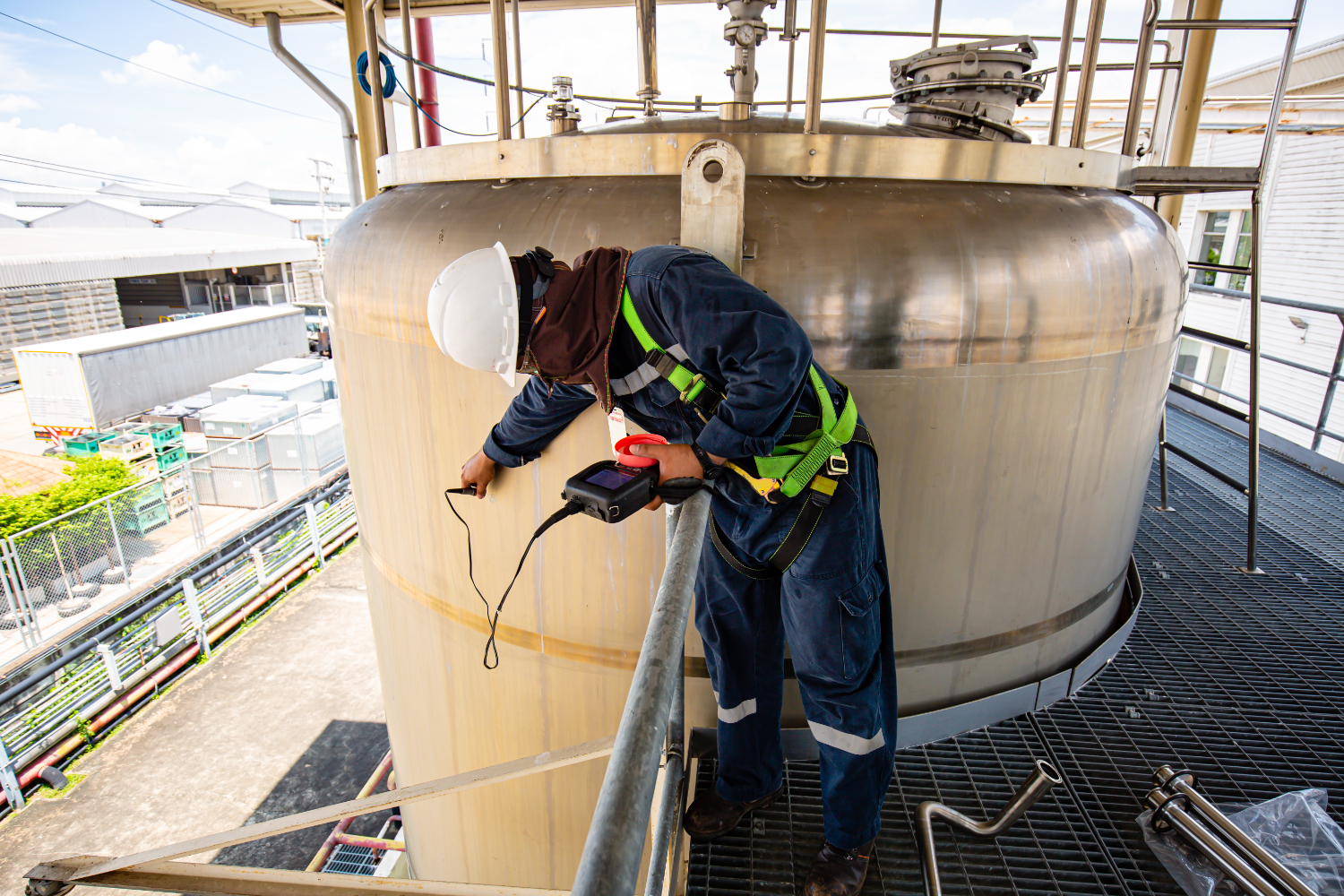
ROV inspections are an essential part of keeping tanks in good shape. ROV stands for remotely operated vehicle, and these compact machines make tank inspections easier and more thorough. They reach places that are difficult for people to access safely, collecting important data for maintenance and repair.
Understanding ROV Inspections
ROV inspections are a crucial tool in maintaining the health of above ground tanks. They involve using remotely operated vehicles to examine the interior and exterior of tanks. These inspections aim to detect issues like corrosion, cracks, or leaks that could lead to bigger problems if left unchecked. By providing a clear picture of the tank’s condition, ROV inspections help guide maintenance and repair efforts effectively.
One of the main advantages of using ROVs over traditional inspection methods is safety. ROVs reduce the need for human entry into confined or hazardous spaces, cutting down the risks associated with manual inspections. They are also quicker, as they don’t require draining the tank or extensive setup before inspection. This efficiency translates to less downtime for operations, which is beneficial for businesses relying on these tanks. Moreover, the precision and detail ROVs provide often surpass that of human inspections, as they can access hard-to-reach areas inside the tank. These features make ROV inspections not only a safer option but a more comprehensive choice for maintaining tank integrity.
Key Features of ROV Technology
ROV technology boasts several impressive components and capabilities that make it indispensable for tank inspections. These vehicles are typically equipped with high-definition cameras and robust lighting systems, allowing them to capture clear visuals even in dark, confined spaces. This visual clarity is vital for spotting any abnormalities within the tank structure.
ROVs are also fitted with sensors that can measure essential variables such as temperature, pressure, and chemical composition. These sensors help detect conditions that might lead to wear or contamination. The propulsion systems of ROVs, usually comprising multiple thrusters, allow them to navigate smoothly through water or other tank contents. This mobility enables them to inspect every corner of the tank thoroughly and efficiently.
In terms of data collection, ROVs transmit real-time information back to operators on the surface, providing instant insights. This feature enables immediate assessment and decision-making regarding potential issues found during the inspection. With their combination of advanced imaging, sensor technology, and ease of manoeuvrability, ROVs serve as an invaluable tool for ensuring tank safety and performance.
Benefits of ROV Inspections for Tank Safety
ROV inspections offer a multitude of benefits that significantly enhance tank safety and efficiency. By eliminating the need for human entry, ROV inspections drastically reduce the risk of accidents during the inspection process. This safety advantage alone makes them an invaluable asset for maintaining tank integrity. Additionally, the precision and thoroughness of ROVs allow for a deeper understanding of a tank’s condition. By providing detailed visuals and data, ROVs help detect potential issues such as corrosion, leaks, or structural weaknesses that might not be visible through traditional methods.
The implications of these inspections extend to maintaining tank integrity and avoiding costly repairs. Early detection of problems means that maintenance can be planned proactively, often before small issues escalate into major failures. This proactive approach not only saves money but also decreases downtime, ensuring that tanks remain operational with minimal disruptions. The efficiency in diagnostics and repairs afforded by ROVs means less frequent emergency interventions, which can be both time-consuming and expensive.
Integrating ROV Inspections into Regular Maintenance
Incorporating ROV inspections into routine maintenance plans is straightforward and advantageous. These inspections can be scheduled regularly, aligning with maintenance cycles to ensure tanks are consistently monitored. By including ROV inspections as a standard practice, maintenance teams are better equipped to keep track of tank conditions over time, enabling a more predictive maintenance approach.
The long-term benefits of using ROVs in tank maintenance strategies are clear. Regular ROV inspections can lead to extended tank lifespans by preserving structural health and performance. Tanks that are frequently inspected and maintained are less likely to suffer from sudden failures, translating to increased reliability and cost savings. Moreover, the data collected over time from ROV inspections can help optimise maintenance schedules and strategies, providing insights that contribute to smarter, more informed management of tank assets.
Conclusion: Protecting Your Tanks with Advanced Inspections
Maintaining the integrity and efficiency of tanks requires a strategic approach, and ROV inspections provide the edge needed in modern tank management. As technology evolves, utilising advanced inspection methods like these becomes crucial for anyone looking to preserve their tanks against wear and costly repairs. By integrating ROV inspections into your maintenance routines, you ensure that your tanks benefit from cutting-edge technology tailored for comprehensive safety and upkeep.
ATM Tanks specialises in providing advanced solutions for all your tank inspection and maintenance needs. With our expertise, we can help you incorporate ROV inspections into your maintenance plans effectively. Ensuring your tanks are inspected and maintained with the latest technologies means fewer headaches and more reliability. Reach out to us today to see how we can help keep your tanks in optimal condition year-round.
- Choosing the Best Tank Liners for Longevity - December 7, 2025
- Pro Solutions for Effective Industrial Tank Cleaning - December 7, 2025
- What to Do When Your Tank’s Waterproofing Fails - December 7, 2025






